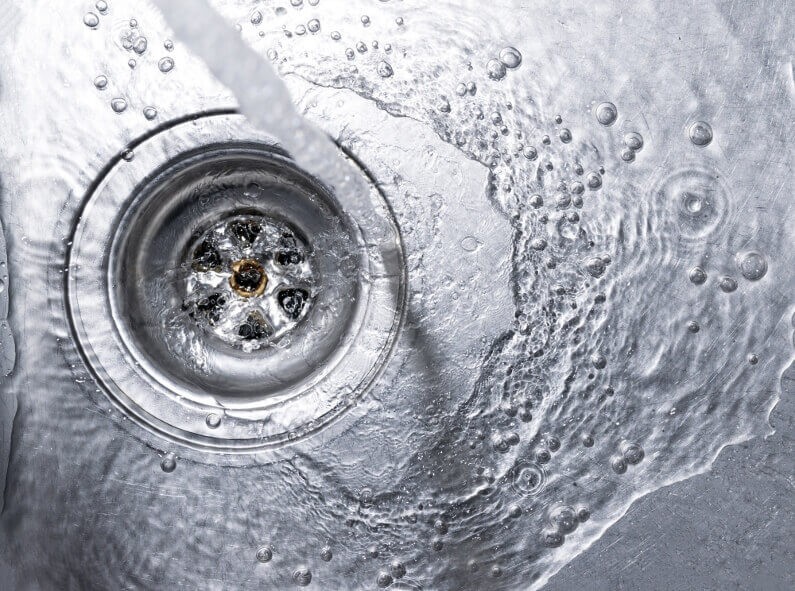Whatever the status of our drains is, it will always have a big impact on our home. When experiencing blocked drains Melbourne citizens are always faced with an ordeal — either fixing the problem using DIY or calling for professional help.
Regardless of your choice, it’s still important to learn the basics in terms of drain maintenance. By achieving this, you can prevent future problems, achieve improved efficiency, upgraded operations, familiarise drain and pipe components and most importantly, your decision-making capability becomes way better.
If you’re interested to know the beginner’s guide to drain maintenance, read on!
Water Source
Have you ever asked yourself — where does the water actually come from? Finally, you get to know the answer. The water running through your pipes comes either from the city’s supplier or from a well in your exclusive village or property. Water coming from the government usually has built large towers to where the water is stored and delivered to every household.
Water coming from private supplies is usually found commonly among rural areas. That’s because the business and residential sectors are challenged in gaining access to public water supply.
But if we go deeper to the main origin, water is drawn from various bodies of water like lakes and rivers.
Water Pressure
The rate of the water pressure either makes household members comfortable or irritable. If the pressure is too low, those who are in a hurry to get to work will be pissed off when taking the shower. On the other hand, too much water pressure can damage household appliances.
To test the pressure, buy a water pressure gauge that only costs around $10 and attach it to a spigot. With this tool, you can detect the problem and its severity. The gauge can also indicate if the problem can affect the entire household or just a specific area in your home.
Water Leaks
Aside from the fact that water leaks are extremely annoying, the repair can also be expensive. It’s strongly recommended to monitor drains for leaks and apply proper maintenance. If it’s well-maintained, you can save as much as 10% on your water bill.
Unclogging and Speeding Up Drain Flow
Perhaps the two most common causes of clogging are hair when taking the shower and grease drained through kitchen pipes. You can purchase a so-called drain screen to filter hairs falling down the drains. However, items such as detergents, soaps and other materials can also trigger slow drainage and clogs.
Garbage Disposal
The method in disposing your garbage will determine the “health” of your drains. Treat your disposal like trash and you’ll be facing severe consequences such as a smelly home environment and expensive repairs.
As a good tip, you can flush your disposal from time to time with the use of boiling water. This will easily dissolve grease and clear away any particles. Another good recommendation is to start by running cold water for several seconds before using the disposal. Keep the water running even after processing.
There are many other tips you can use to properly maintain your drains. You just have to do your part through research and proper application.

